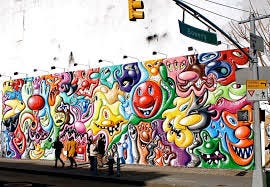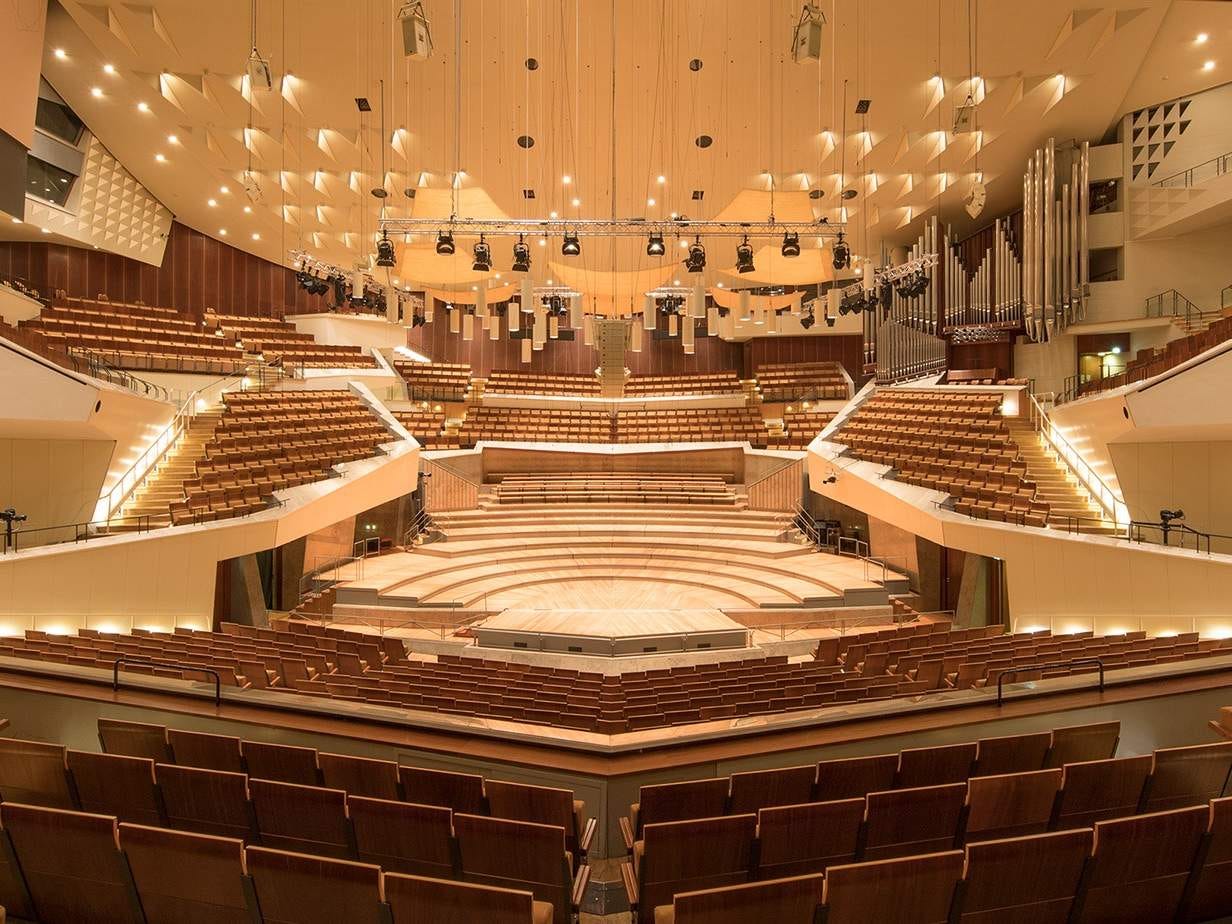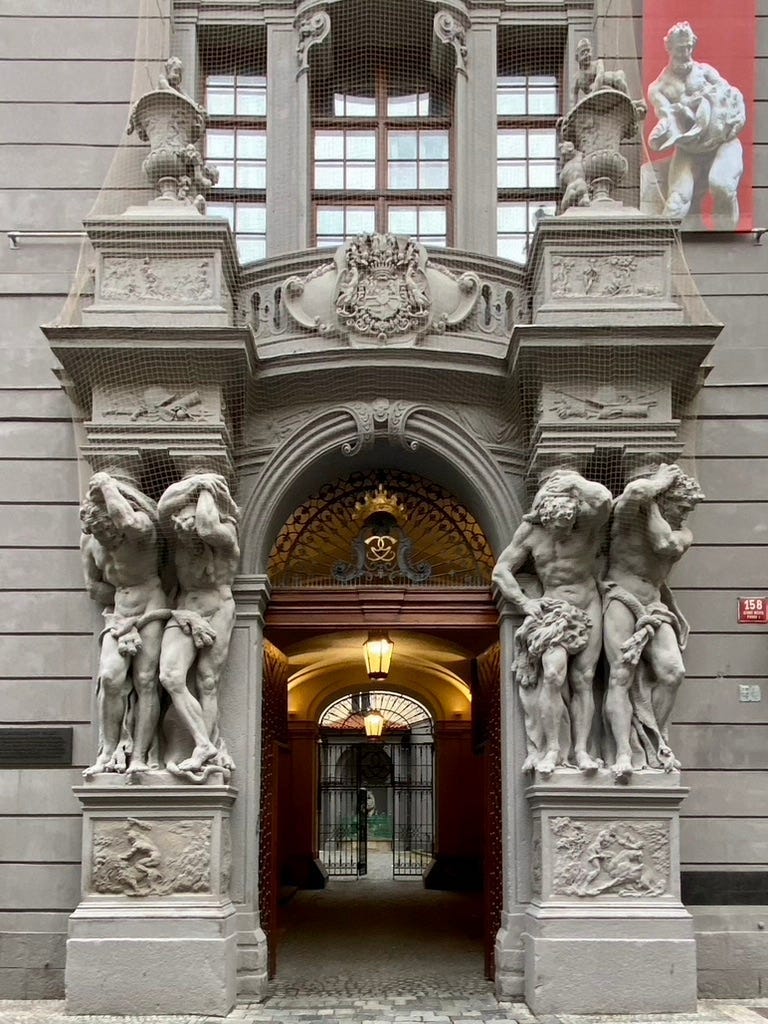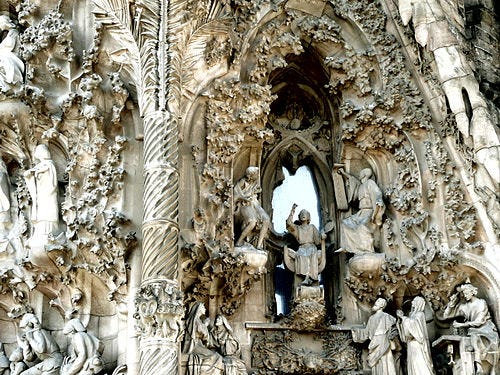Why Did We Stop Investing in Beautiful Public Works?
Well, we haven't, but why do some people think we have?
A few days ago, the massively popular account “The Culturist” posted a series of images accompanied by a question: “Why did past societies build so much 'useless' beauty everywhere — and why did we stop?” These images were chosen to show this “decline in ‘useless’ beauty,” as seen below.
The comments beneath the post share a similar sentiment, complaining about the decline in beauty and offering various explanations for what might have caused this change to occur:
In addition to these lamp posts, The Culturist also compares door handles, building ornamentation, benches, architecture, churches, and city spaces to see how they have changed over time. While the thread features some beautiful images, I can’t help but wonder if these examples are selectively chosen. So, today I’m going to try to answer the following questions: Have things gotten less beautiful over time? And if so, where, and why?
The first thing that jumps to mind whenever I hear someone say “things have gotten worse over time” is “Have they really? How do you know?” Has this person actually viewed data surrounding funding for the arts, or are they trying to support a specific worldview using a few unrepresentative anecdotes?
If we look at general trends in investment in the arts, it doesn’t look like our ability to appreciate beauty has declined over time. After all, the National Endowment for the Arts has increased its spending by a whole order of magnitude since 19661, so it seems like the government is very willing to put money into the arts. Additionally, outside of the federal government, State Arts Agencies and Local Arts Agencies have also invested large sums of money into public art projects. In Europe, funding for the arts seems to have increased greatly over time as well, but it is hard to find specific data.
If you look around my hometown, this investment is pretty obvious. I live in a small city in the Midwestern United States, but driving around, various publicly-funded works of art are visible every few blocks or so. Having traveled around the United States, I’ve seen publicly funded2 works of art in every state, including large cities. If you want proof of this, you can look up any city you want, and if it’s large and old enough, it will almost certainly have public works of art.
In big cities, any open and unprotected wall can be a canvas for art that has a far greater depth of personality than any ornate doorknob or nameless statue:
On a larger scale, some of the greatest works of art constructed recently have been concert halls. Here’s the Berliner Philharmonie hall:
The Guangzhou Opera House:
And the most notable thing in Australia:
Of course, this doesn’t explain why our new benches, lamp posts, and door knobs aren’t as beautiful as they “used to be.” However, I suspect this perception is the result of survivorship bias: we are only looking at things that have already survived a selection process. In this case, all of the ugly, poorly crafted, and inefficient door knobs, lamp posts, and benches of the past have likely been discarded and replaced with better-looking ones. Based on The Culturist’s current evidence, we have no reason to conclude that the past used to be filled with ornate beauties; we only know that the objects people have chosen to preserve from the past are beautiful.
Additionally, most of the places filled with small bits of intricate beauty are very old. The Culturist shows us architecture and utilities from Britain, Malta, Italy, the Czech Republic, and France, all in cities that have had hundreds of years to build new beautiful things and tear down only the ugly ones. Prague is over 1,100 years old. Rome is over 2,700 years old. Paris is over 2,000 years old. London is just under 2,000 years old. Malta has been inhabited for over 8,000 years. Sure, not all of this time was dedicated to building statues; much of what remains comes from the past 800 years. However, while it may appear that the past was a time full of constant decoration, we need to consider that we are comparing drastically different amounts of time when we talk about “the distance past” and “the present.” Our neat little modern door handles all date from the past 70 years, but a city covered in ornate statues and architecture has had centuries to build up its collection.
Our society still somewhat cares about intricate doorknobs, which is why we haven’t thrown away that one.
In a more general sense, I think many people who see the past as better than the present are experiencing various forms of survivorship bias. Many people cite older decades as the “golden era” of film, music, and art, and they give a few anecdotal examples to demonstrate their point. However, the pieces they tend to remember are only the ones that haven’t been filtered out of the public view over time. As a result, people gain a picture of the past that is characterized by the original Star Wars movies and The Godfather, while their picture of the present is filled with crappy live-action remakes and Netflix adaptations.
In the future, I bet we’ll have people who look back on our past 20 years and proclaim, “Now THAT was the golden age of filmmaking, before our recent cultural decline! People no longer make movies like The Dark Knight, Parasite, and Ponyo. Now, all we get are crappy, AI-generated, live-action recreations of old animated movies.”
Of course the past looks great to us; the only remnants we have are the greatest parts of it.
Even though art in public space is still being funded, it’s not entirely funded in the same ways it used to be. For example, The Culturist provides us with this image from the Clam-Gallas Palace, which was funded by Count Johann Wenceslaus (Jan Václav) of Gallas, a Habsburg diplomat and Viceroy of Naples.
We also are shown this image, a statue from the Church of St. Francis of Assisi, which was financed by the religious group the Order of the Knights of the Cross with the Red Star, who got their money from charitable gifts, various forms of commercial income (such as tolls and land rents), and various “ecclesiastical benefices.”
Over the past two and a half centuries, royal families throughout Europe have slowly (or in Austria, Russia, and France, sharply) declined in wealth, meaning they are less and less able to finance ornate public works.
However, various churches have continued to fund ornate works for public view across Europe. For example, in Barcelona, Spain, the Basílica de la Sagrada Família is about to be completed after 144 years of construction. When it finishes, in 2026, it will be the tallest church in the world.
While recent church construction might not be as baroque in style, major religious organizations have continued to fund the construction of impressive churches. Here’s the Basilica of the Most Holy Trinity in Fátima, Portugal:
Richard Meier’s Jubilee Church in Rome:
And of course, we can’t forget about the work the Church of Latter-Day Saints is doing over in the United States!
I’m agnostic, but I gotta admit, the Mormons sure do build a good temple!
There are complications to this. The Vatican has been in a bit of a financial crisis lately, and more and more adults are religiously unaffiliated. As a result, funding new large-scale religious projects is not as simple of a task as it used to be.
If we look at the various groups that are funding these grand works of art, they’re usually organizations that want to “show off” in some way. Royal families built lavish temples to show their power. Churches wanted to communicate the power and beauty of God. Nowadays, people in democratic countries don’t feel as big of a need to feel “impressed” by their ruling class’s wealth. Therefore, there’s no need for the people in charge to create the same massive displays for public spectacle as they did in the past.
However, in countries with authoritarian regimes that feel the need to show off their power, we still see large-scale construction of “‘useless’ beauty.” This is the case in Ashgabat, the capital city of Turkmenistan:
This is gorgeous, but there’s no way it passed a cost-benefit analysis test.
Saudi Arabia is constructing a 100-mile-long and 500m-high city called “The Line,” which, despite its supposed “futuristic design,” is “the least efficient possible shape of a city.”
Maybe we don’t see very much “white elephant” architecture in Europe and the US, but perhaps this is for the best.
So, while The Culturist’s selection of images seems to show a clear progression from useless beauty everywhere to “bland” modernity, it obscures a more complex story surrounding public funding for the arts, survivorship bias, and shifting powers amongst institutions. In a broader sense, maybe we have changed some of our preferences toward cleaner and more modern styles in many places, but I don’t think it’s fair to say that we live in a culture that has lost its vision of beauty.
After adjusting for inflation. This site has the values listed in nominal dollars.
Or at least publicly visible works of art; some of these are created by private donors, but that shouldn’t matter for the sake of this discussion.



























As a Russian, my experience with our own decline through the 20th century and subsequent emergence has really colored my perspective on this. Mainly, I think a lot of what's happening, as you point out, is that these people are looking in places that are worse today than they were in the past, but ignoring the places that are better. The Russian Empire undeniably had better architecture than the USSR, which built ugly gray blocks, but the USSR also employed really cool mosaic artists to inlay very unique mosaic artwork into those ugly gray blocks. That didn't exist before and hasn't existed since. There are grassroots movements trying to save mosaics ongoing. Soviet statues are really cool and hold up really well years later and carry a certain timeless quality. So it's a give and take. Some things got worse, but some things had this invested quality that people are looking for. They may look at the examples of modern art you present in your pice and scoff and turn their nose, but that's just a question of esthetics and taste, not of general decline.